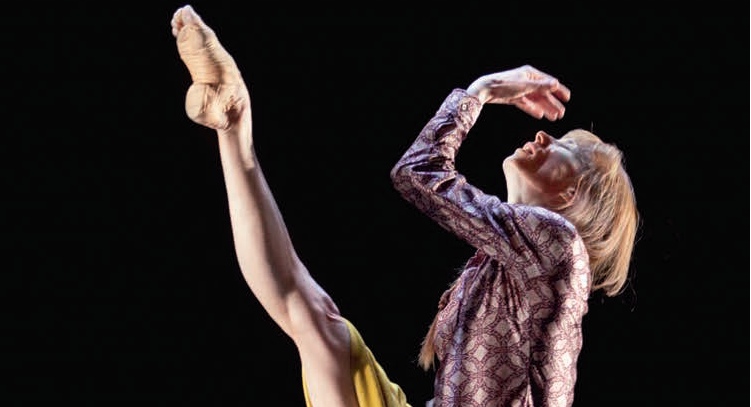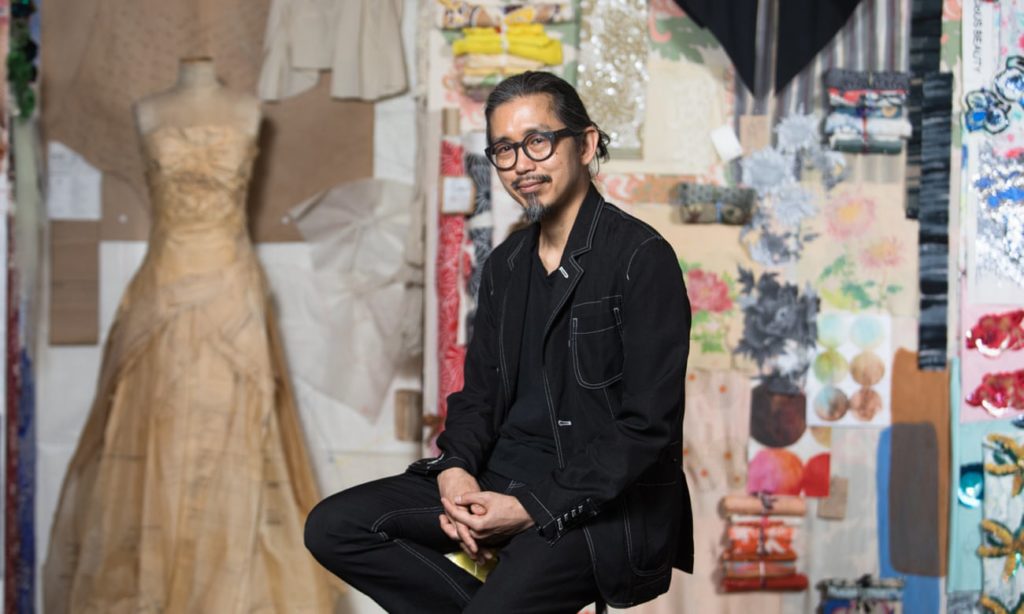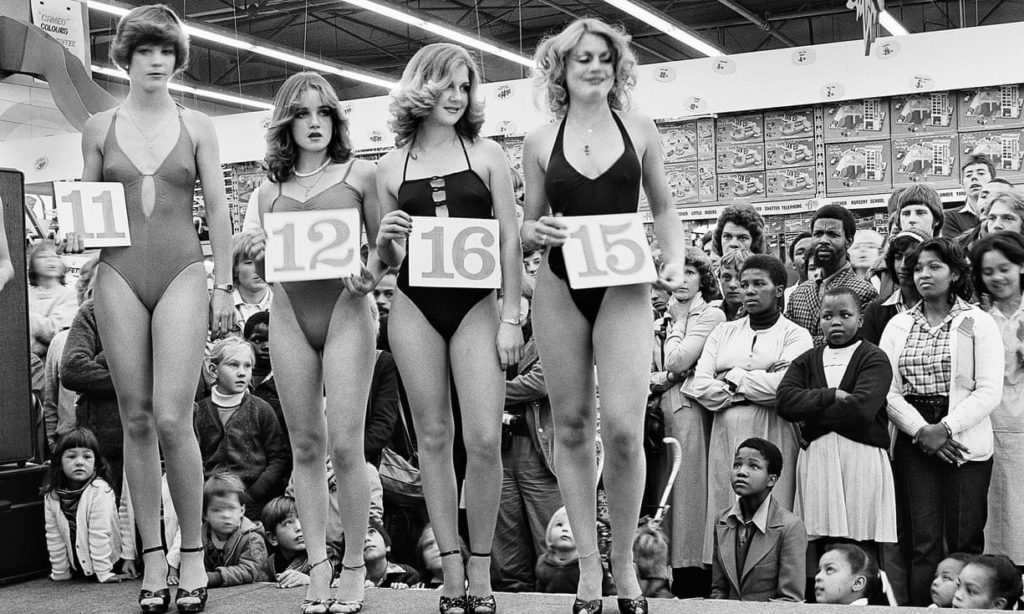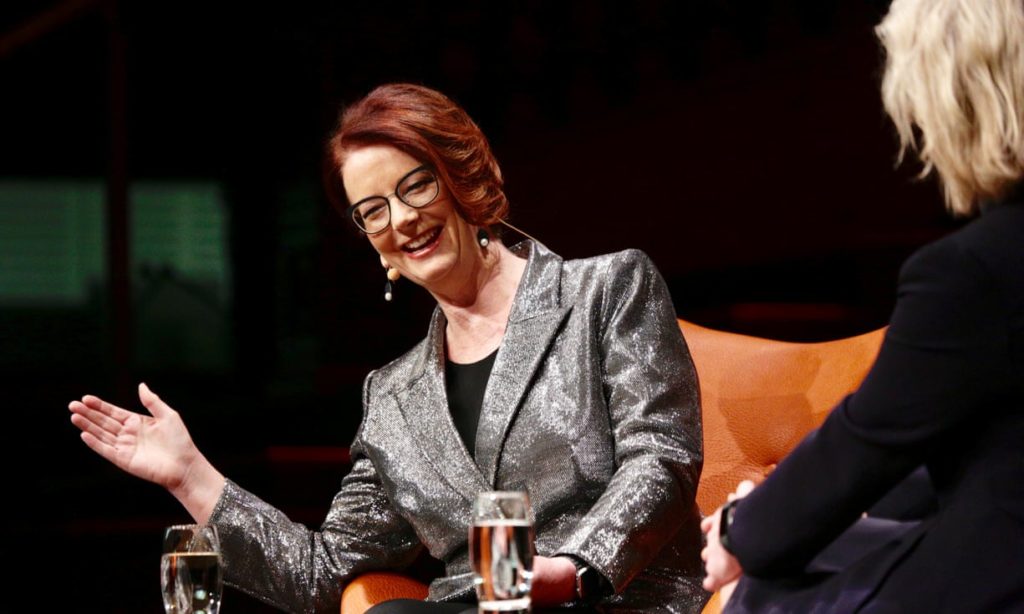“When I go for it, I will do everything I can to do the best I can,” says Sylvie Guillem. “This is the real responsibility. It’s not towards someone else, towards an administration or an audience or a journalist. The biggest responsibility is mine, it’s not to deceive myself in the way I live.”
Undoubtedly one of the most exceptional dancers ever, Guillem has long lived her life – and steered her career – by her own compass. Once Rudolf Nureyev’s protégé and a prima ballerina at just 19, she famously threw in her career at Paris Opera Ballet at 23 to join London’s Royal Ballet as principal guest artist.
“When I go for it,
I will do everything I can
to do the best I can.”
Then, at an age when other dancers ponder choreography, teaching or retirement, Guillem switched streams and became a renowned contemporary dancer. Acclaimed choreographers, including Russell Maliphant, Akram Khan and Robert Lepage, have created works for her, often at her invitation.
It was her desire to work with contemporary choreographers Mats Ek, William Forsythe and Jircí Kylián that spurred her latest show 6000 Miles Away. The acclaimed show premiered at Sadler’s Wells in July 2011, before going onto sellout seasons at Venice’s Dance Biennale and New York’s Lincoln Center. This month the show begins an Australia tour, starting at the Adelaide Festival (March 1, 2 and 4), then Sydney Opera House (March 8 to 15), and later Melbourne Festival (October 26 and 27).
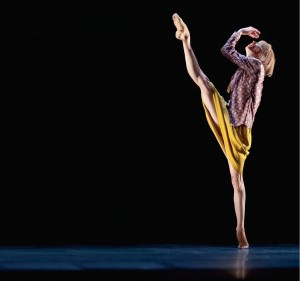
On the line from her mountaintop Swiss home, Guillem is charming and disarmingly forthright. Creating the show, she says, was simply something she wanted to do for herself. “You come to a point where you just want to do something that pleases you. You’re not part of a company any more, you’re not part of a system any more, and you really want to do things because it’s urgent to do it, because if you don’t do it now, you’re not going to do it at 80, especially for a dancer.”
She approached the three, who she considers the most talented choreographers working today, and said they were free to do whatever they wanted. She hoped to be involved with each piece but had no intention of forcing them to use her. “If they had said I want to do it with someone else, maybe I would have been a bit hurt,” she says with a laugh, “but it would have been fine, because it would have been their choice and what was important was the creation.”
Working with great people and creating great work is what keeps her striving over her lengthy career. “As soon as I have less interest in what’s around or if I can’t find the right person to work with, or it’s not as good as it was on stage, then I’ll stop. But that’s not the case at the moment. I still have a lot of excitement and great pleasure on stage. And, fortunately, my body is following.”
Indeed the nearly-48-year-old Guillem’s body continues to amaze. “It can be the greatest machine you can have, but if you don’t have the right tool to make it work, it doesn’t really work,” she says. “Thankfully I learnt how to use my brain.” Early on she began to tune into its alarm signals, to rest, get massages and maintain a healthy diet. “It’s quite easy to listen, but you need to think a little bit differently to the way dancers think. Usually dancers know that their career is quite short and they want to get everything they can, as fast as they can, whether it’s good for them or not, at all levels. But, thankfully, I learnt to control all of that early on.”
“Thankfully I learnt
how to use my brain.”
One of her greatest passions these days is her work with Sea Shepherd. She is on the board of the marine wildlife conservation organisation and it has a presence at her shows. She is very passionate about protecting the ocean – the life of the planet. “People think about the economic crisis; I think the worst crisis is the ecological one and it’s happening very soon.” Although she is not optimistic about our ecological future (“frankly, no”), it is the courage of organisations like Sea Shepherd that will make the difference. As she declares with that trademark honesty: “If they don’t exist, we don’t.”
Published in Vogue Australia March 2013
WHY DON’T YOU READ:
Darcey Bussell looks back at her stellar career in a new book
The National Gallery of Victoria celebrates 50 years of the Australian Ballet
